What is NIHON BUYO
What is NIHON BUYO
NIHON BUYO is one of the traditional Japanese performing arts that originated from Kagura dedicated to the gods for the harvest of the five grains of the year, Noh, Kyogen.
Today, even wearing a kimono is becoming something special.
The charm of NIHON BUYO is that you can experience the pleasure of expressing a scene or story by naturally learning the beautiful gestures unique to Japanese people when wearing a kimono.
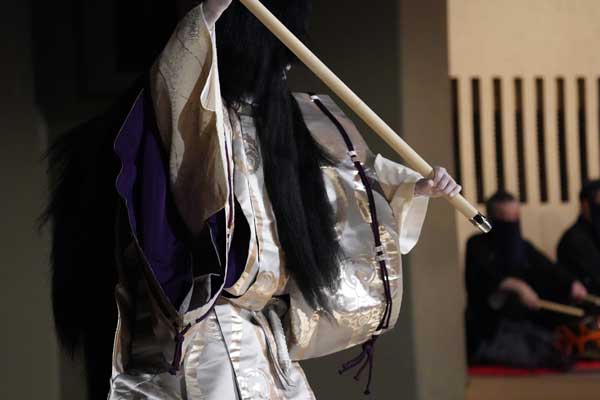
What is Bando-ryu, one of the five major schools?
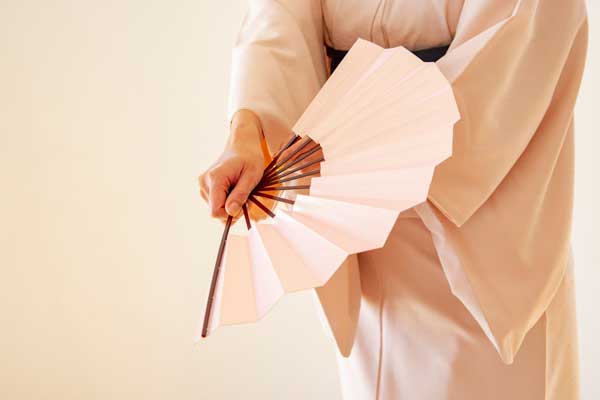
With the changes of the times, NIHON BUYO has changed in various ways over the years.
After the Meiji period, NIHON BUYO became a way to learn beautiful movements, and many dance schools were established, and dancers and their students began to belong to one of the schools.
The schools branched out into more than 200 schools, of which the oldest and largest are called “Godai-ryuha” (five major schools).
Bando-ryu is one of the five major schools, and its head has been succeeded from generation to generation by the Bando-Mitsugoro family, a famous Kabuki actor.
Therefore, it is characterized by its emphasis on “acting,” not just dancing.

What is NIHON BUYO for me?
About NIHON BUYO
First of all, I would like to tell you about myself. I specialize in NIHON BUYO and KABUKI BUYO.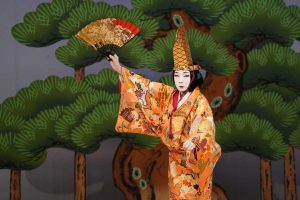
It has been more than half a century since I started learning NIHON BUYO at the age of three, and it has been several decades since it became my profession. But it is still going on!
Why is NIHON BUYO so difficult?
It is a performing art that is established today based on more than 400 years of history, so it is not something that can be learned in one person’s lifetime.
Therefore, it is necessary to pass it on from one person to another without any laxity.
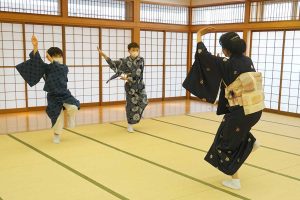 Origins of the dance teacher
Origins of the dance teacher
Our ancestors are said to have been female kyogen masters, and during the Edo period, they were responsible for passing on the movements and choreography of dance to the actors under each troupe or school, and preserving them for future generations to inherit. It is said that the beginning of the dance masters was when these female kyogen performers went out into the streets and opened training halls not only for the Kabuki world, but also for the common people.
How they fulfilled this in an age when there were no videos or recordings, everything must have been left to the memory of the people. And we, as if tracing the threads of that memory, are still carrying on the trend and teaching the traditional art. Because of its origins, it is essential for us to constantly learn ourselves.
So, how exactly do we learn?
How to become a NIHON BUYO specialist
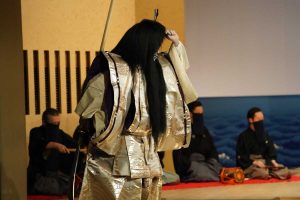 There may be several methodologies for this, but here I would like to give an example of my own way of learning.
There may be several methodologies for this, but here I would like to give an example of my own way of learning.
①I go back to the origins of this art form and explore its origins. I broaden my interest to the manners and customs of the people of that period and try to faithfully reproduce the teachings of my predecessors without relying on my own imagination or fantasy.
➁As knowledge of the stage in general, we will also explore the styles of the time in terms of small props, large props, costumes, wigs, makeup, etc., based on various documents. These are called “styles” = YOUSHIKI. While it is important to understand this YOUSHIKI (style), it is also important to know that it changes with the times.
We also explore the styles of the period in terms of large props, small props, costumes, wigs, makeup, etc., based on a variety of documents. Most of these are within the category of “style. It is important to understand these styles, but it is also important to know that they have changed over time.
③ We will unravel the meaning of the lyrics of the songs. We will deepen our understanding of the meaning of the lyrics by drawing on an archaic dictionary and other sources, word by word, as if we were translating the lyrics into English.
④Consider the meaning of the dance moves. However, by repeating the dance choreography over and over again, you will naturally begin to see things, and you will experience the strange sensation of the choreography and the music clinging to your body as you dance, and you will feel yourself transforming into something completely different.
So far, this is my methodology for learning NIHON BUYO as a specialist.
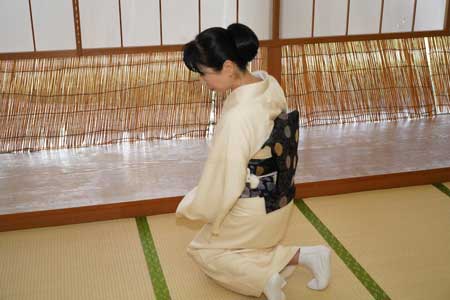 NIHON BUYO as a Learning Method
NIHON BUYO as a Learning Method
The word “Nyumon” is used here, which is not so familiar to us.
The dictionary says, “(1) To become an apprentice. (2) To begin learning a subject of study or a skill.
I think there are many people who do not feel comfortable with the idea of becoming an apprentice.
However, as they continue to practice, they seem to recognize that they have somehow entered the school, that they are here as an apprentice, and that there are seniors and juniors coming in, through the connections with others. I think it would feel different from culture or workshops.
As a member of the organization
I teach classes and workshops at dance schools, theater companies, and art universities abroad. There is really not much of a difference between an incoming apprentice and a student at a workshop or university, in that I am always on a one-to-one basis with them in terms of being an apprentice. However, there is a natural difference in the way I teach.
Differences in teaching methods
① I teach a large number of students in college classes and in workshops, so curriculum is important. I build up the basic form so that I can pay attention to every detail.
I use the basic forms (1) and (2).
Basic (1), I use movements similar to the elements of Noh used in SHUGI-BUYO(ceremonial dance), such as “Ho-ko(walking),” “Kuri-Ashi(turning)” and “Sashi-Ogi(using fan).
Basic (2), we will practice systematically by incorporating “kata”(style) such as Roppo, a unique Kabuki dance movement, to develop jumping ability, etc., and by practicing repetitive exercises that directly approach the body. After that, they begin practicing actual performances using music.
Thoughts for NIHON BUYO.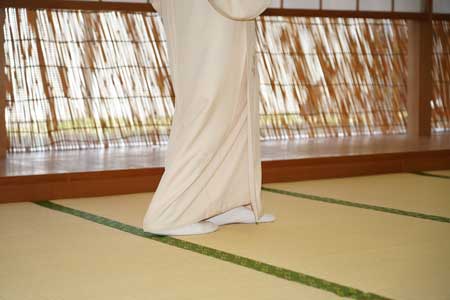
In dance, if the body does not move, the mind does not move. It takes a lot of training to express deep psychological descriptions and subtleties of the mind without moving the body. I think it is important for all of us, including myself, to continue to dance with our bodies, and when we get stuck, to go back to the basics and think about the origins of this dance when it was first created.
I believe that it is my role to pass on my body and words to those who are trying to learn, and I am devoting myself with unsparing passion to this task.
In case choreographing a single piece myself
It is a completely different mental process from what I have described so far. It is the body and mind are unbounded and unrestricted, and one is left to develop ideas as one pleases, repeating create and destroy. Building a piece of work is filled with boundless joy. For me, it is a precious and indispensable time when I can face the pure act of dancing. This opposite act stimulates both sides, and evokes new forces. When we move toward something new, the classics are a treasure trove of ideas.
In the end
It is my mission to pass on to future generations the traditional beauty of Japan that I love, with unlimited fidelity and unlimited potential. I believe that NIHON BUYO , or rather, dancing, is the ultimate expression of emotion without the intervention of words.